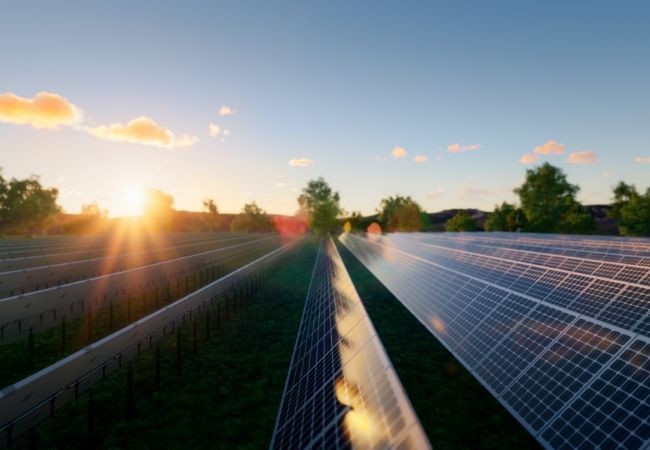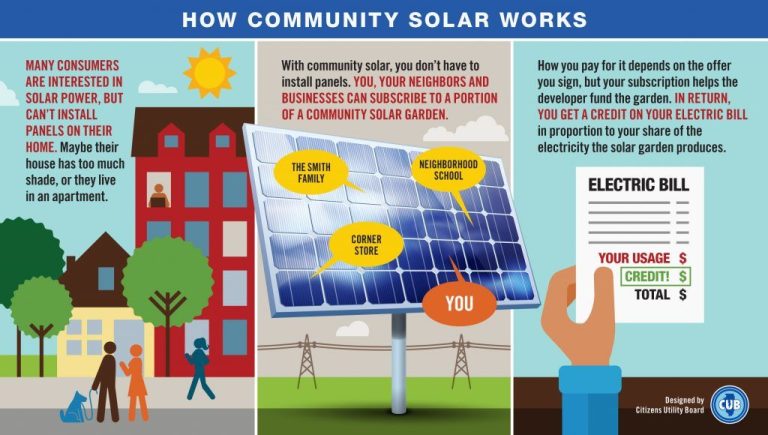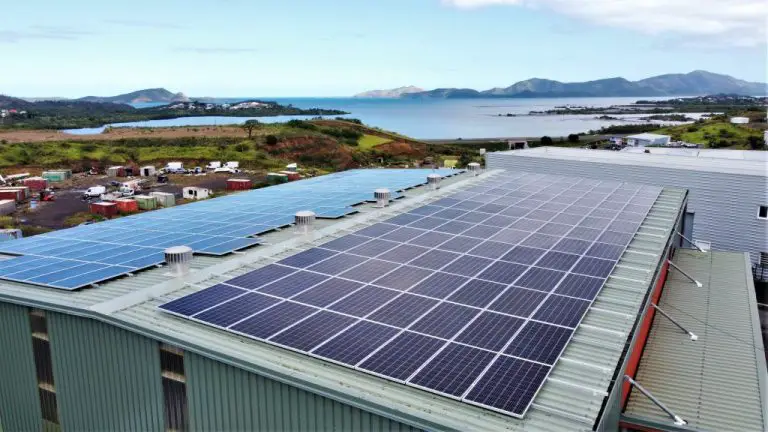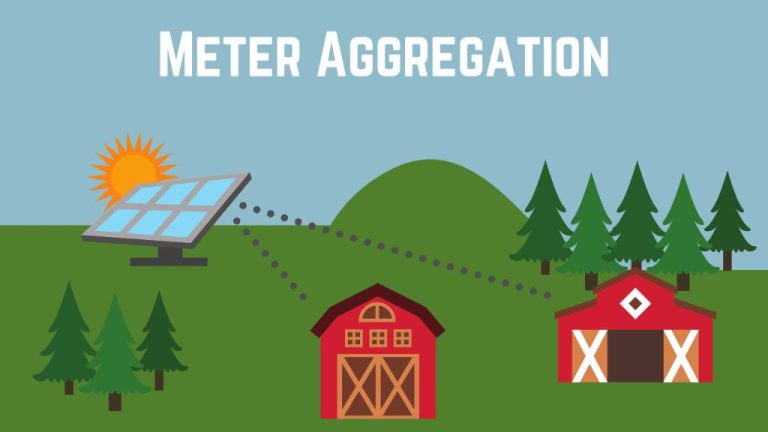Do Solar Panels Cause Light Pollution?

Light pollution refers to excessive, misdirected, or obtrusive artificial light. It is a form of environmental pollution that can have negative consequences for humans, wildlife, and our climate. Solar panels are devices that convert sunlight into electricity. There has been some concern that solar farms or panels could contribute to light pollution under certain conditions, such as when the panels reflect sunlight and create glare. However, research suggests that solar panels cause significantly less light pollution than traditional outdoor lighting. This article will examine what light pollution is, the causes and effects, whether solar panels contribute in a meaningful way, and strategies to reduce any potential glare from solar photovoltaics.
Sources cited:
[1] https://darksky.org/resources/what-is-light-pollution/
[2] https://en.wikipedia.org/wiki/Light_pollution
Types of Light Pollution
There are four main types of light pollution:
Skyglow
Skyglow refers to the bright glow or haze in the night sky caused by artificial outdoor and indoor lighting. This effect can make it difficult to see stars clearly. Skyglow is observed over urban areas and can spread over hundreds of miles, brightly lighting up the night sky.
Glare
Glare occurs when an excessively bright light source shines directly into the eyes. This can be blinding or distracting, especially at night from vehicle headlights or unshielded outdoor lighting. Glare makes it harder to see clearly in dimly lit areas.
Light Trespass
Light trespass happens when unwanted artificial light spills over into areas that are meant to be dark, like a neighbor’s yard or bedroom window. This unintended illumination can disrupt sleep, wildlife habitats, and the natural day-night cycle.
Source: https://study.com/learn/lesson/light-pollution-causes-effects-examples.html
Causes of Light Pollution
There are several key causes of light pollution according to sources like https://darksky.org/resources/what-is-light-pollution/causes/ and https://www.conserve-energy-future.com/types-causes-and-effects-of-light-pollution.php. Three major causes are unshielded lights, excessive lighting, and blue-rich white lighting.
Unshielded lights allow light to be emitted above the horizon, contributing to skyglow. Lighting that is not properly shielded sends light where it is not intended or needed, such as up into the sky. Proper shielding directs light downward, focusing it only where it is useful.
Excessive lighting refers to using more light than is necessary for a task or area. Overlighting wastes energy and amplifies light pollution. Turning off unnecessary lighting or replacing excessive lighting with lower wattage bulbs can significantly reduce light pollution.
Blue-rich white lighting like compact fluorescent lights and LEDs emit more blue light than traditional lighting. Blue light brightens the night sky more than any other color. Minimizing blue-rich lighting and using warmer color temperatures where possible can decrease skyglow.
Effects of Light Pollution
Light pollution can have several negative effects, including disrupting ecosystems, wasting energy, and inhibiting stargazing.
Excess artificial lighting at night can disrupt the natural circadian rhythms of wildlife, as many species depend on darkness for activities like migration, hunting, and reproduction (https://darksky.org/resources/what-is-light-pollution/effects/human-health/). Light pollution has been linked to population declines in insects, birds, amphibians, and other animals.
Light pollution also wastes significant amounts of energy and money. It is estimated that at least 30% of outdoor lighting in the United States is wasted, costing approximately $3 billion per year (https://www.ncbi.nlm.nih.gov/pmc/articles/PMC2627884/). Excess lighting can increase carbon emissions from power plants as well.
In addition, light pollution severely inhibits stargazing and astronomical research. The bright glow from cities and towns makes it difficult or impossible to see stars, planets, and other celestial objects. This affects both professional astronomers and amateur stargazers.
Do Solar Panels Contribute to Light Pollution?
While solar panels do not emit light on their own at night, there is some potential for solar installations to contribute to glare or light pollution during the day. This is mainly an issue with concentrated solar power plants that use mirrors or lenses to focus sunlight onto a receiver.
The reflective surfaces of the mirrors and lenses can reflect sunlight, potentially causing glare. This is most noticeable to pilots flying over these facilities. To mitigate this, solar plants use anti-reflective coatings on mirrors and avoid aiming reflected light toward airports or flight paths (Solar Power Conference).
For standard photovoltaic (PV) solar panels on homes and businesses, glare is generally not a major concern. The glass surfaces are designed to transmit rather than reflect light. PV panels are also installed flat and have anti-reflective coatings (Study.com).
Overall, while solar facilities can contribute to some glare, the effect is localized and minimal compared to other sources of light pollution like streetlights, signage, and buildings. With proper siting and design, solar’s impact on light pollution is negligible.
Strategies to Reduce Glare
There are a few key strategies that can help reduce glare from solar panels:
Applying anti-reflective coatings to solar panels can significantly reduce glare. These coatings create a microscopic rough surface that helps diffuse and scatter light reflection (Scientists come up with method of reducing solar panel glare). Research has shown anti-reflective coatings can reduce glare by up to 80%.
Strategic placement and orientation of solar panels can also minimize glare. Angling panels to avoid reflecting sunlight towards roads, airports or other sensitive areas is important. Tilting panels at an optimal angle to maximize energy production while minimizing reflection is also recommended. Proper solar site planning using glare analysis tools can identify potential issues and solutions (Solar Panel Glare Assessments).
Using matte finishes rather than glossy finishes on solar panels can diffuse reflection. Panel frames and mounting systems designed to limit back-reflection also reduce glare.
While some glare from solar sites may be unavoidable, proper siting, design, and anti-reflective coatings can effectively minimize solar glare impacts.
Comparison to Other Light Sources
Solar panels contribute far less to light pollution than many other common light sources, such as streetlights, billboards, and residential lighting. According to a study by the National Renewable Energy Lab (NREL), solar PV systems reflect between 2% to 10% of incoming sunlight depending on the type of panels (source). This is a fraction of the amount of light reflected by other surfaces. For example, fresh asphalt can reflect up to 15% of light.
Outdoor lighting from streetlights, parking lots, and billboards are a major contributor to skyglow in urban and suburban areas. It is estimated that over 30% of outdoor lighting in the US is wasted, shining up into the sky rather than onto the ground (source). Proper shielding and direction of these lights could significantly reduce light pollution. Residential lighting also contributes significantly as more interior lighting escapes through windows at night.
Compared to these major sources, solar panels have a relatively small impact on light pollution. With proper siting and panel selection, the amount of glare and reflectance from solar installations can be minimized. Overall, transitioning to solar power and efficient LED lighting remains one of the best ways to reduce reliance on fossil fuels, which cause light, air, water, and noise pollution when extracted and transported.
Policies and Guidelines
Many cities have implemented light pollution ordinances to reduce excess artificial lighting and glare. These policies establish standards for lighting fixtures, illuminance levels, color temperature, shielding, and more. For example, Flagstaff, Arizona famously passed the world’s first light ordinance in 1958. Their regulations limit unnecessary upward light, reduce spill light, and promote fixtures that minimize glare.
The green building certification system LEED also rewards projects for reducing light pollution. Projects can earn credits under LEED’s Sustainable Sites category by meeting stringent requirements for exterior lighting. This encourages the use of shielded fixtures, adaptive controls, and lighting zones to eliminate unnecessary illumination and glare.
The Future of Solar
The future of solar panel technology holds great promise for further advancements and innovations. Researchers are constantly working to improve solar cell efficiency by experimenting with new materials and panel designs.
Perovskite solar cells are an emerging technology that have the potential to reach higher efficiency levels than traditional silicon solar panels. Perovskites are inexpensive to produce and can be printed onto flexible substrates, making them ideal for widespread adoption. According to research from the University of Oxford, perovskite solar cell efficiency has increased from 3.8% in 2009 to over 25% today. With further development, perovskites could replace silicon as the dominant solar cell material in the future.
Transparent solar panels represent another area of exciting solar innovation. These see-through panels can be installed on windows and other surfaces to simultaneously generate electricity and let light pass through. In 2021, researchers at Michigan State University were able to achieve a remarkable 17% transparency and 23% efficiency with a transparent organic solar cell design [1]. More progress in transparent solar technology will open up even more possibilities for solar energy harvesting on infrastructure.
As solar panel technology continues advancing rapidly, researchers predict we will see solar panels with over 50% efficiency in the next 50 years. Combined with improvements in energy storage, smarter grids, and lower costs, the future of solar power looks incredibly bright.
Conclusion
In summary, while solar panels can cause some glare and reflected light under the right conditions, their overall contribution to light pollution is minimal compared to other human-made light sources. With proper siting, glare reduction methods, and following best practices for solar installations, the amount of nuisance light from solar arrays can be reduced. Well-designed solar projects take into account potential impacts on the surrounding environment and communities. With the continued growth of solar power, it will be important for the industry, regulators, and communities to collaborate on solutions to further reduce glare as much as possible. But in the bigger picture, the alternative of continuing to rely on fossil fuel-based power generation poses far greater environmental and public health risks from pollution, carbon emissions, and climate change impacts. Solar power delivers significant benefits in clean energy production that far outweigh the potential drawbacks from reflective glare.





